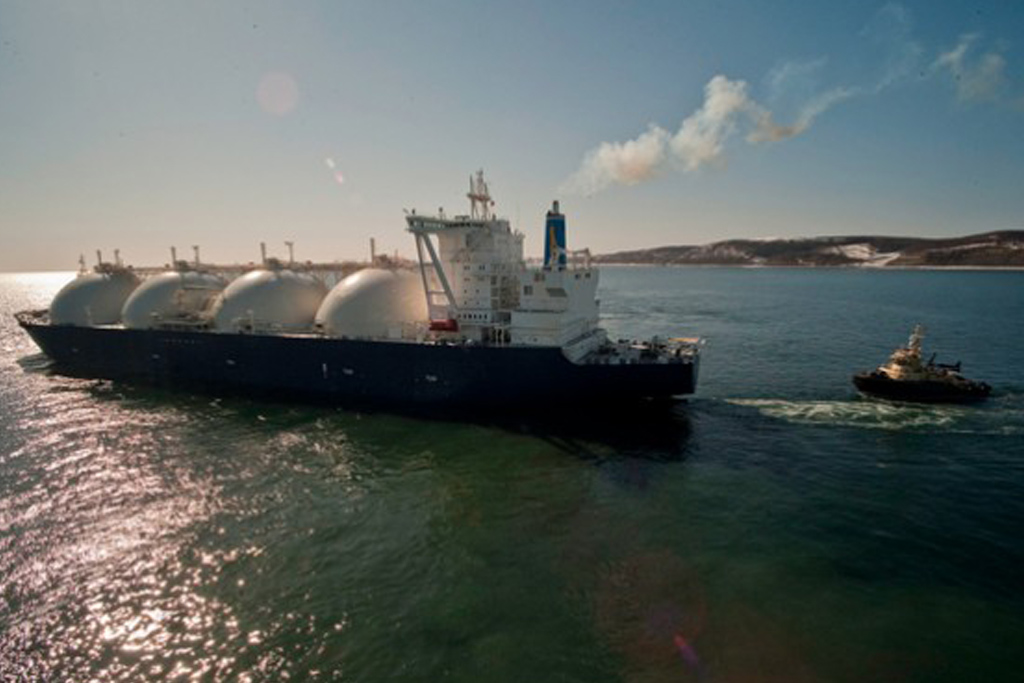
The U.S. Department of Energy (DOE) recently announced a rule to expedite the approval of small-scale exports of natural gas including LNG. According to the new rule, DOE will consider small-scale natural gas exports to be consistent with public interest and automatically approve them if they are at or below 51.75 billion cubic feet of exports per year. This is an important step towards facilitating small-scale LNG projects whose drivers are different from traditional large-scale LNG export facilities that have come on stream in the U.S. in the recent past.
In addition to the availability of cheap and abundant natural gas from shale plays, several other factors are driving interest in small-scale LNG for both domestic use in the U.S. as well as exports to nearby regions such as Latin and Central America and the Caribbean. These additional factors include rising diesel prices, air quality concerns and resulting regulations such as the International Maritime Organization’s limit on sulfur in bunker fuel, and the desire to access clean, low-cost energy in remote locations.
Given these drivers, we see many small-scale LNG projects being announced in the U.S. for both domestic consumption as well as exports. Specific examples of small-scale LNG use include its use by trucking companies such as UPS and Waste Management, marine vessel owners such as TOTE Maritime and Crowley, and industrial customers including Coco-Cola in Puerto Rico.
However, setting up a new LNG facility is tedious and requires approvals from several federal, state, and local agencies for construction and operation. In addition to the U.S. DOE, several other federal agencies are involved including the Federal Regulatory Commission (FERC), U.S. Department of Transportation (DOT), and the U.S. Environmental Protection Agency (EPA). Another federal agency, the U.S. Coast Guard, also administers LNG permitting if the facility is located offshore in federal waters. Further, a new LNG project also needs approvals from multiple state and local agencies such as local fire departments, police, municipalities, non-government organizations, residents, and community and neighborhood associations.
ADI Analytics has done a lot of work in the small-scale LNG segment. We have looked at small-scale LNG plants for both domestic as well as exports including the regulatory approval process and summarized our findings on how to obtain a permit for a domestic small-scale LNG plant. Broadly, the regulatory approval process for a domestic small-scale LNG plant in the U.S. consists of three steps as discussed in Figure 1.
Figure 1. Summary of the regulatory approval process for domestic small-scale LNG facilities in the U.S.
The first step is to conduct a feasibility or FEED study in which a few prospective locations for the facility are chosen and evaluated for capex, opex, and risks involved. This step also includes assessment of the nearby pipeline network to secure gas supply. On completion of the feasibility study, the best location for the LNG facility is determined.
The second step involves submission of the feasibility study to FERC which then prepares an environmental assessment (EA) plan for the selected site. An environmental assessment plan evaluates the consequences of a proposed project to the environment and suggests measures to minimize any adverse effects. Other agencies such as U.S. DOT’s Pipeline and Hazardous Materials Safety Administration (PHMSA) and local environmental agencies also coordinate with FERC in preparation of the EA plan. Next, FERC also seeks feedback from project stakeholders and local and state agencies. Upon review and consideration of public comments, if the project is deemed safe, FERC issues a Certificate of Public Convenience and Necessity and the facility is considered approved.
Finally, after receiving the FERC certificate one can officially begin the construction of the LNG plant. During the operation, PHMSA periodically inspects the LNG facility to ensure compliance with its standards. Further, FERC also gets involved depending on how LNG is being used. FERC does not participate if LNG is transported directly to an end-user but will intervene if LNG is vaporized into an interstate pipeline.
This blog is based on ADI’s recent multi-client study, Micro-, Small-, and Mid-Scale LNG in North America, which looks at several key issues in the industry. Please get in touch with us to learn more about our research.
-Palak Puri and Uday Turaga




















